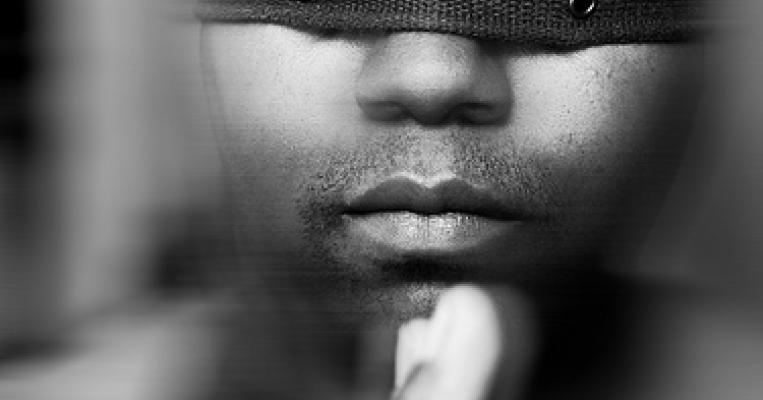“Race-blind” and “color-blind” are terms that describe a societal ideal. But how do people who literally are blind think about race? Sighted people, according to Osagie K. Obasogie, often assume that the blind, as one sightless person he interviewed put it, exist in “a kind of Star Trek race-blind society.” Yet after conducting interviews with 126 sighted and sightless people, Obasogie concluded that “blind people largely understand and experience race the same way that sighted individuals do: visually.”
Virtually all of the study participants who were blind mentioned skin color as a race-determining factor. Others went beyond color, Obasogie reports, to “demonstrate a rather sophisticated understanding of the range of visual cues,” such as bone and face structure, that can be used to identify a person’s race. A blind black man Obasogie interviewed noted that other blind people he met always “went for [the] hair,” determining his race by touch.
According to Obasogie, an associate professor at the University of California’s Hastings College of Law, the visual cues allow blind people to place racial characteristics in societal context, just as they do for sighted people. A blind man Obasogie identifies as Mickey noted that blind people are as prone to “racial prejudice, stereotypes, and misconceptions as anybody else.” Some blind interviewees recalled that in their younger years sighted people took pains to alert them to the race of other people. Sometimes sighted people would “impart information about their assumptions about that person,” one blind man related, and about “how I should or should not behave, or who I should or should not be talking to.”
Obasogie’s blind subjects also proved to be race-conscious in their dating behavior. One black man noted that he found it impossible to date outside his race. A white man stopped seeing a black woman as soon as he discovered her skin color.
There is an important practical implication in these findings, Obasogie believes. In Bowen v. Gilliard (1987), the Supreme Court defined factors to take into consideration when deciding whether to apply “strict scrutiny” to a case involving an allegation of discrimination; one of them was that a plaintiff have an “obvious, immutable, or distinguishing characteristic.” Obasogie says his research shows that it’s not what people look like that matters, but “the social practices that make such visual distinctions salient and perceptible.”

